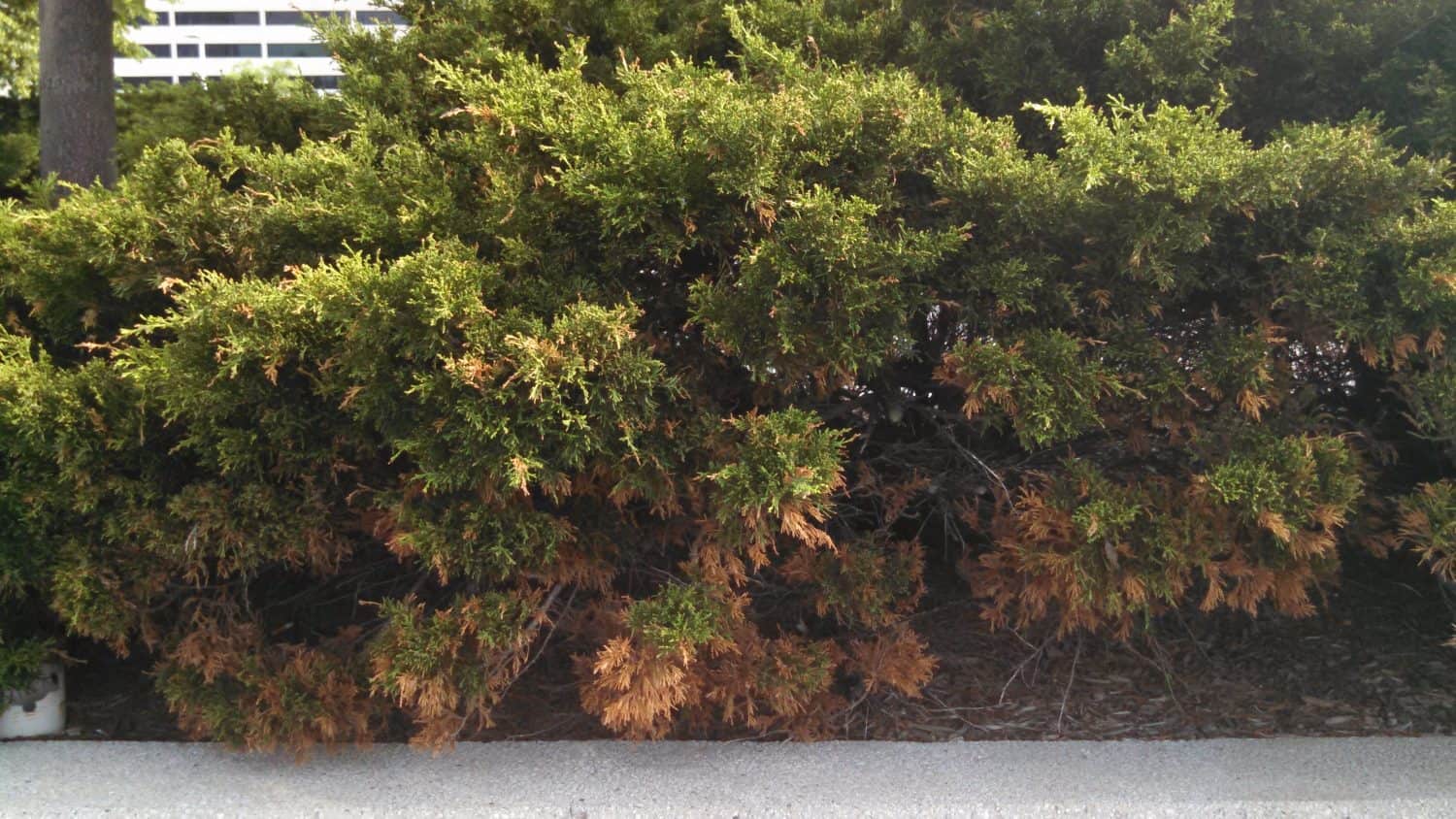March is the month that delivers us and our weary landscapes to Spring’s front door. Time will tell if the welcome mat has been unfurled, but the calendar promises its prompt arrival on the 20th.
Spring seems awfully distant at the moment, particularly when temperatures are still below average, copious amounts of snow still cover our yards, and night-time temperatures are breaking record lows. Although it is March, it may as well be January, and it certainly looks and feels that way, but there is hope. Warming temperatures are on their way this weekend, and next week teases us with near 50 degree temperatures. With the onset of warming temperatures, we may just get a peek at what lies beneath the snow.
Snow mold, a type of fungus, is a real possibility, especially considering the length of time snow has blanketed our landscapes. There are two different types: Gray and pink. Circular patches of crusty, matted grass as small as 2″ in diameter up to several feet can be seen in affected areas. Gray snow mold is fairly harmless and should correct itself when conditions begin to dry. Pink, on the other hand, is more destructive and can destroy the roots and crowns of the lawn. Raking should be performed to break the crust, followed by reseeding/overseeding as needed. Snow mold may be prevented by continuing to mow until the grass has gone dormant in the Fall and thatch should be managed with proper aerating. Areas with drifting or piling snow are more susceptible as are areas with excessive shade and poor drainage.
Salt damaged lawns and plants usually appear brown, burnt, and dead close to driveways, walkways and roads where salt is generally used. Melting snow and Spring rains help dilute the salt, making reseeding/overseeding possible, but plants will have to be replaced. If Spring rains are slow to materialize or just plain sparse, it is sometimes recommended to flood the affected areas with fresh water from a hose in hopes of lowering the salt content of the soil. There are no preventative measures for salt damage other than stopping its use altogether.
As we near the edge of Spring and the snow begins to recede, take a moment to assess your landscape. Lawns damaged by snow mold or salt will require intervention. Call Sweeney’s today, and we’ll be sure your landscape gets the much-needed attention it so deserves.
“Under the giving snow blossoms a daring spring.”
-Terri Guillemets
Best wishes,
Kim Sweeney


March is a great time to start thinking about your landscape again and assessing what needs to be done! Thanks for sharing.